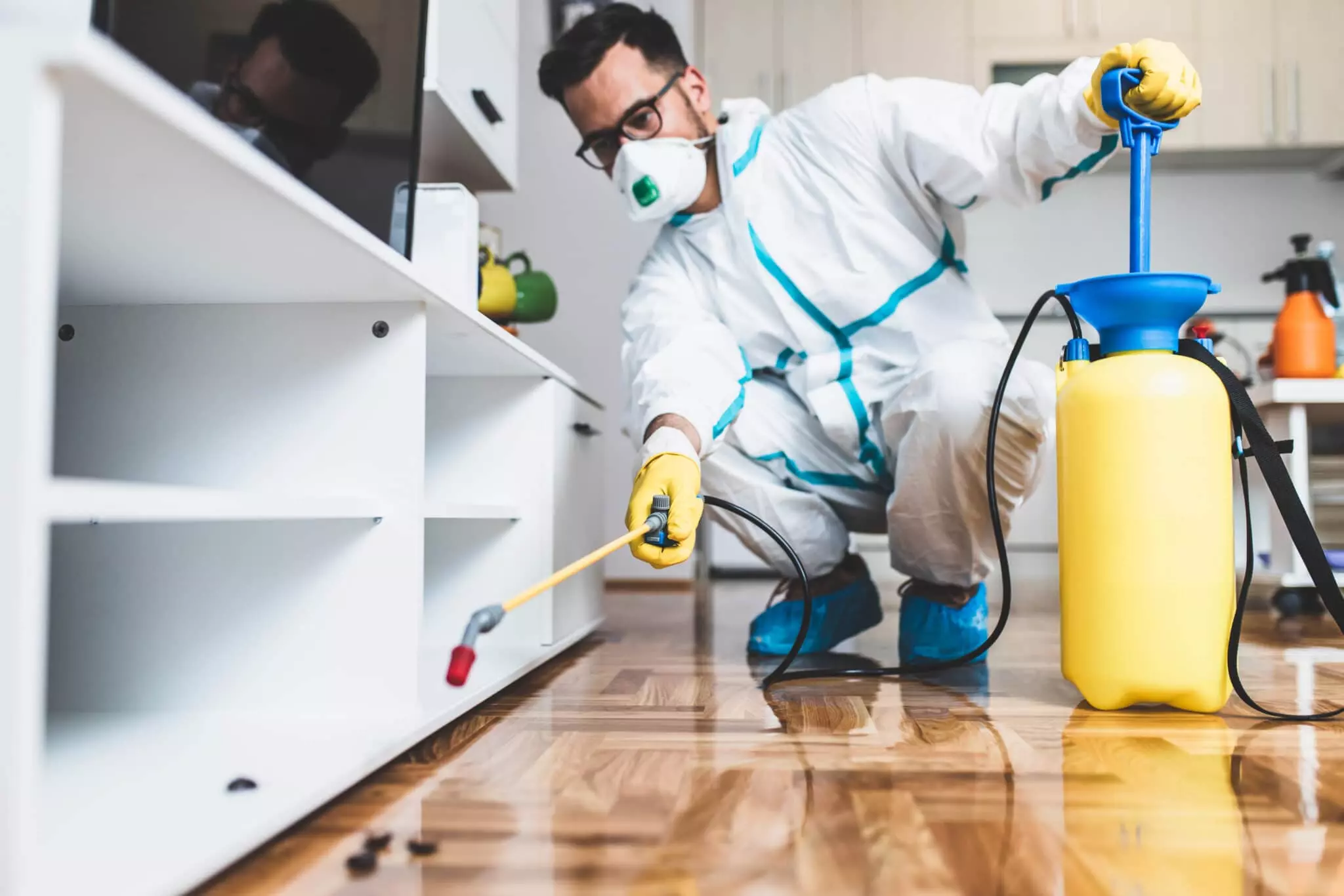A1 Bed Bug Exterminator Charlotte - Effective and Budget Friendly Services
A1 Bed Bug Exterminator Charlotte - Effective and Budget Friendly Services
Blog Article
Bed Bug Therapy Failure: Contrasting Chemical Vs. Non-Chemical Solutions
In the realm of pest control, particularly when dealing with the consistent concern of bed insects, the choice between chemical and non-chemical therapy solutions can be a crucial one. Both strategies supply unique benefits and downsides, influencing variables such as effectiveness, security factors to consider, and overall expense. By examining the nuanced details of each technique, a more clear understanding of which course to pursue in dealing with a bed insect problem can be achieved.
Performance of Chemical Therapies
Chemical treatments for bed bug infestations have been commonly identified for their potent and fast effectiveness in getting rid of these pests. When taking into consideration the effectiveness of chemical treatments, it is vital to recognize that they can give a quick and detailed solution to a bed bug issue. Expert pest control operators usually rely upon insecticides to target bed bugs at various stages of their life process, including nymphs, adults, and eggs. These chemicals generally function by interrupting the bed bugs' anxious system, resulting in paralysis and eventual fatality.
Moreover, chemical treatments have the advantage of supplying recurring effects, indicating that they can remain to remove bed pests even after the preliminary application. This recurring activity is specifically helpful in combating any potential re-infestations. Furthermore, the rapid activity of chemical treatments can bring alleviation to individuals facing serious bed pest problems, permitting them to gain back control of their space rapidly.
Safety And Security Worry About Chemical Solutions
One critical element that requires mindful consideration when utilizing chemical remedies for bed insect therapy is making sure the security of owners and the setting. Direct exposure to particular chemicals used in bed insect therapies can lead to respiratory concerns, skin inflammation, or various other negative reactions, especially in people with pre-existing conditions or level of sensitivities.
Furthermore, the ecological effect of chemical options is one more substantial consideration. Some chemicals used in bed pest treatments may be harmful to useful insects, wildlife, and ecosystems if they leach into the dirt or water systems. It is vital to utilize chemical therapies deliberately, complying with safety and security guidelines, and thinking about much less harmful choices to reduce these dangers and make certain the secure and reliable monitoring of bed bug problems.
Benefits of Non-Chemical Techniques
Taking into consideration the potential security issues and ecological impact connected with chemical options for bed pest treatment, checking out non-chemical strategies provides a promising alternative with a number of distinct benefits. Non-chemical methods use a safer option for households, especially those with animals, kids, or individuals delicate to harsh chemicals. These approaches eliminate the risks of exposure to harmful compounds, decreasing the capacity for adverse health and wellness impacts. In addition, non-chemical therapies are ecologically friendly, as they do not contribute to air or water air pollution, making them a sustainable choice for pest control.
In addition, non-chemical services can be efficient in targeting bed pests, find here consisting of hard-to-reach locations where chemical therapies might not penetrate - A1 charlotte pest control companies. Techniques such as warm therapy, vacuuming, vapor cleaning, and bed mattress encasements supply thorough removal without the use of damaging chemicals.
Limitations of Non-Chemical Treatments

In addition, non-chemical treatments usually need ultrasonic pest repeller numerous applications to achieve successful obliteration. This can be time-consuming and might not constantly ensure full removal of all bed bugs and their eggs, particularly in concealed or hard-to-reach areas.
Additionally, the success of non-chemical therapies greatly relies upon proper application and thoroughness, which can be testing for people without specialist knowledge. Insufficient application of non-chemical approaches may lead to incomplete removal, causing relentless infestations and the requirement for extra therapies.
For that reason, while non-chemical treatments have their advantages, it is important to recognize these restrictions and consider them when figuring out the most reliable approach for handling bed pest problems.
Price Contrast: Chemical Vs. Non-Chemical Options
Offered the limitations connected with non-chemical therapies, an essential element to examine in the context of bed pest management is the expense comparison in between chemical and non-chemical options. In contrast, non-chemical therapies like heat therapy or heavy steam can be much more costly, with prices varying from $1,000 to $6,000 for an entire home. While the initial price of chemical therapies may appear lower, multiple treatments might be needed to completely remove the infestation, possibly raising the overall expense.
Verdict

Considering the possible safety and security issues and ecological influence linked with chemical options for bed pest treatment, exploring non-chemical approaches provides an appealing choice with several unique advantages.Offered the constraints associated with non-chemical treatments, a crucial aspect to assess in the context of bed insect management is the price comparison between chemical and non-chemical options. In contrast, non-chemical treatments like warm treatment or heavy steam can be more expensive, with costs ranging from $1,000 to $6,000 for an entire home. While the preliminary price of chemical therapies might appear reduced, multiple treatments may be needed to completely remove the infestation, potentially increasing the overall cost.In conclusion, when comparing chemical and non-chemical bed bug treatment options, it is necessary to take into consideration performance, safety and security, benefits, constraints, and cost.
Report this page